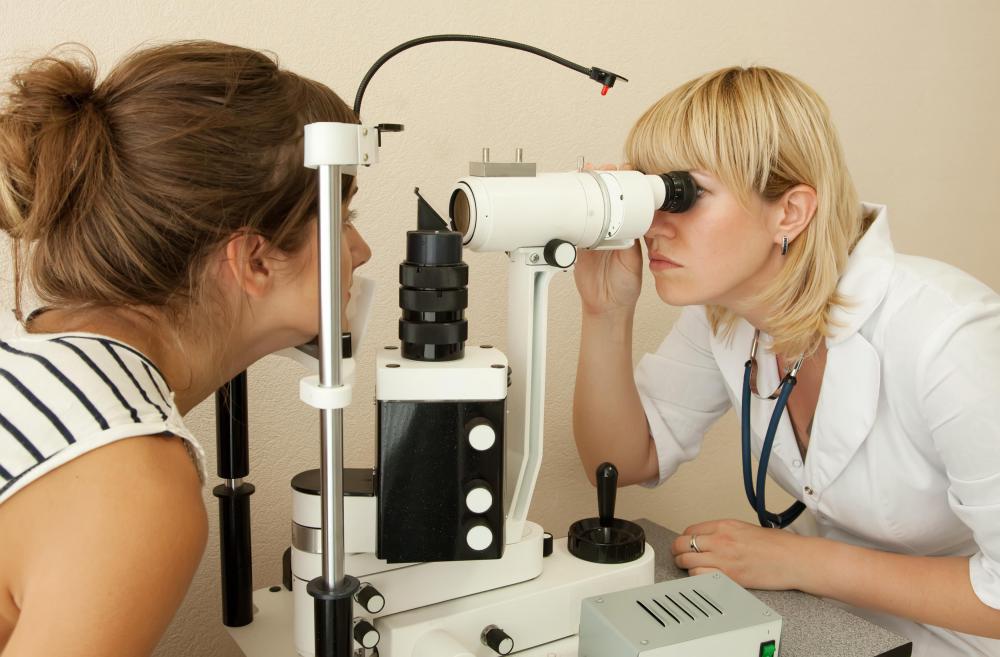At TheHealthBoard, we're committed to delivering accurate, trustworthy information. Our expert-authored content is rigorously fact-checked and sourced from credible authorities. Discover how we uphold the highest standards in providing you with reliable knowledge.
What Is Lipofuscin?
Lipofuscin is a term used for brownish fatty pigment granules. The term is derived from the Greek word "lipos," which means fat, and the Latin word "fuscus," which means a swarthy or dark color. These small particles are usually found in the muscles of the heart, although they can also be spotted in the kidneys or the adrenal glands that sit on top of them, liver, and nerve and ganglion cells. Lipofuscin is often referred to as an aging or "wear and tear" pigment due to its role in certain aspects of the aging process.
The lipofuscin particles contain lipids. Deriving their name from the "lipos" term, they are fatty molecules that store energy, which explains the "fatty" attribution. It might also explain its origination, as members of the medical community believe that it is the result of removing electrons from unsaturated fatty acids, a process known as oxidation. It is also believed that lipofuscin is the leftover product of the activity of lysosomes, organelles responsible for digestion within cells.

Additionally, lipofuscin is classified as a type of lipochrome pigment, which provides coloring in certain parts of the body such as the eyes. Thus medical researchers believe that excess accumulation of this pigmentation can cause macular degeneration, or age-related macular degeneration (AMD). This medical condition is characterized by a loss of vision in the macula or macula lutea, which is an oval-shaped yellow-colored spot of the eye that acts as its central visual field and is located close to the retina. This degenerative disorder often occurs in elderly people, particular those who are 60 years of age and older.

The excessive accumulation of lipofuscin is implicated in a variety of diseases besides AMD. Neuronal ceroid lipofuscinoses (NCL) is a category of eight diseases caused by such a condition. A prime example of an NCL is Batten disease, which is described as a disorder that concerns the abnormal accumulation of lipofuscin in the tissues of the body. Batten disease is broken down into four classifications depending on the age group of the patient. Other neurodegenerative disorders associated with lipofuscin include Alzheimer's disease, Parkinson's disease, and amyotrophic lateral sclerosis, which is known as Lou Gehrig's disease in the United States.

Some medical researchers believe that the reduction of calorie intake and an increase in the tripeptide glutathione and vitamin E ingestion may be able to reduce or halt the occurrence of lipofuscin. Moreover, laser removal procedures have arisen to target lipofuscin to rejuvenate skin. Although current treatments are insufficient in presenting a cure for certain diseases associated with the pigment granules—Batten disease being a notable example—further research such as the development of anti-aging medicine may eventually yield positive results.
AS FEATURED ON:
AS FEATURED ON:
















Discuss this Article
Post your comments